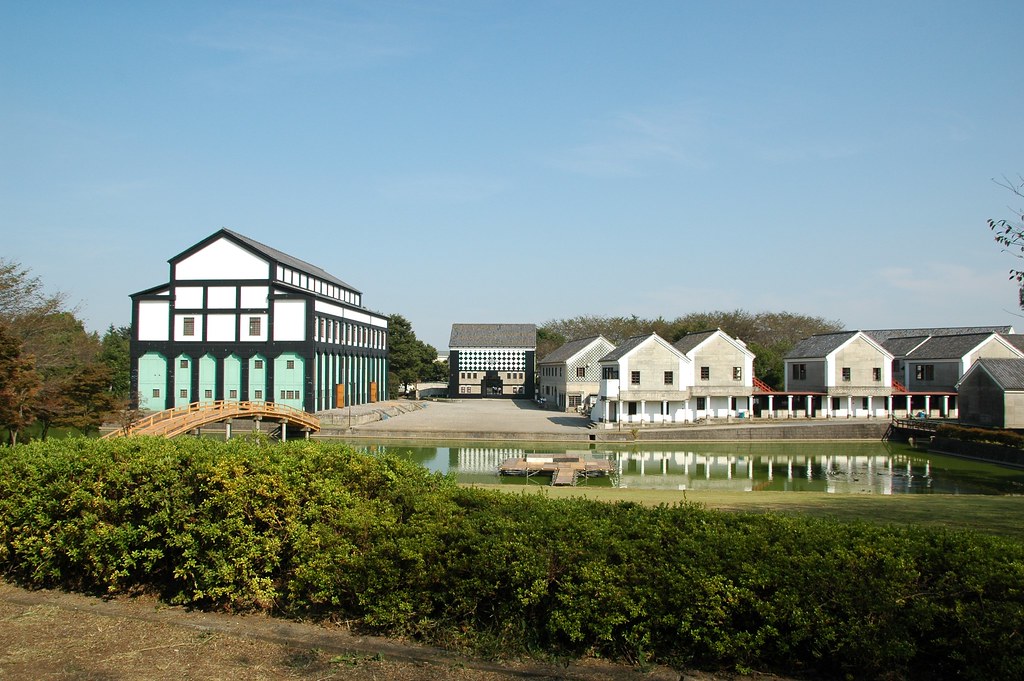It's hard not to side with Alexander. His built work is meant to be occupied by humans; Eisenman's is not. That's basically the whole deal. The Katarxis gallery you linked by Alexander's student, Michael Mehaffy, is a good example of the care Alexander put into designing these spaces, and not just the design but the construction of his projects. His published works (especially The Battle for the Life and Beauty of the Earth) describe the care he takes in tectonics, the art of construction. Eisenman did not. He designed Wexner with 12,000 square feet of fenestrated galleries which were later refitted because prolonged and unprotected sunlight exposure damages artwork it turns out. He designed House VI just a few years before this debate, and that was a fucking shitshow saved only by the kindness and architectural appreciation of his patrons. I mean, you can already tell the style of the guy when he said Chartres was "boring". My coworker (GSD faculty at the time) said everyone's collective jaws dropped at that considering, well...Chartres looks like this: Just for quick comparison, this is one of Eisenman's most prized works of his career: Which, despite looking like graphing paper ski slopes, also has this going for it: Par for the course for Eisenman - overblown budget, unfinished project, unusable space. This article is scathing. Meanwhile, Alexander's designing Eishin campus with Japanese school children: They ended up with this - no hiccups, no errors, in budget, active client participation, highly functional, highly used. But Eisenman's career took off in the years following this debate while Alexander's languished, and the implications of that are astounding. Design had stopped being about livable spaces, perceptual harmony, humane principles, client's needs, and basic functionality. In that vacuum had entered Eisenman's dialectic, and the academe from which it's derived. By taking a stand for functional harmony vs. post-humanism, Alexander took himself out of modern discourse and Eisenman et al became the lion and the Christian. Design's post-modern positioning can only be understood by that lens.

The project has more than doubled its original budget and has not attracted significant numbers of visitors. Construction of the final two planned buildings was stopped in 2012 and terminated definitively in March 2013 following high cost overruns.
The architectural commission to build this community, came with the explicit insistence, by the managing director of the school, Hisae Hosoi, that he wanted the project to be done under conditions where faculty, staff, and students, were all taking part in the design process. And by this he meant, not the pablum of token "participation" and "charettes" that has become common in the last twenty years, but honest-to-goodness decision making by the people in the school, based on individual and group understanding.
